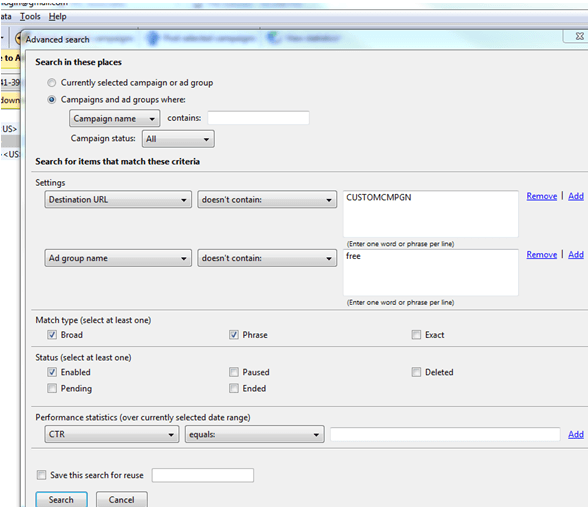

If you’re running a campaign to increase page likes, you might not be as concerned about CTR or conversions. This is useful because it allows you to monitor certain aspects of your ad performance so you can determine what you want to optimize.Īlso, make sure you are looking at the metrics that are important to your objective. You can customize which of these insights you’d like to capture. The reporting features show insights such as cost per conversion, total spend on a campaign, the reach of your campaign, frequency, impressions, unique clicks, and more. This is especially great for marketers who want to send Facebook ad results to clients.

It allows you to capture all of your campaign information and export it into a beautiful report. These are the factors you’ll want to target with your audience setting (gender, sex, interests, behaviors, and so on). You’ll also want to look at your current clients and see what traits overlap there. First you’ll research your target audience, which can be seen through Google Analytics’ Audience data. That means you need to understand your audience settings and targeting metrics. Now you want to make sure the right people see your ad. You put a lot of effort and time you put into your ad research and creation.
#ADWORDS EDITOR TIPS HOW TO#
Make Sure You Know How to Get Niche with Your Targeting This allows you to optimize, review, and research all under one umbrella so you can really get into the nitty-gritty of your marketing efforts.ĥ. In order to check on those ads, you no longer have to open an entirely separate window like you do in Ads Manager. Let’s say you have a campaign with several different ads. The Ads Manager makes it very simple to shift through your different ads with ease. The main reason Ads Manager can seem so foreign is that it’s unfamiliar. Let the analytics guide you towards better future ad performance. Analytics are great, but if you aren’t changing or learning from them then you might as well not even use it.

The important thing is to learn from this data. Compare each ad side-by-side and see which ones deliver the best results. You’ll see the reach of your posts, engaged users, and how many people are talking about your company. The Ads Manager shows you all kinds of analytics about the different posts on your business’ Facebook page that you really can’t get elsewhere. Manage Your Page Posts/ Analytics Through the Editor In less than a month, this campaign had already generated 25 conversions. The catchy headline, “Want floors so clean you could eat off them?” along with the strong monetary offer of $29 carpet cleaning special caused this ad to bring in quality leads for our client. Here’s an example of one that we did for a client that got great results: So a great first step is to research other Facebook ads that have done really well. That means you need to understand just how important it is to use engaging images, catchy headlines, and strong CTAs that convert. In order to master the Facebook Ads Manager, you need to first master ad basics.

This is perfect for marketers and copywriters because it gives them more room to craft the perfect message. You have a significantly increased character limit, with 500 characters on desktop and 110 characters for mobile. The Ads Manager, though, gives you so much more freedom. Know the Character LimitĪs you may know, the Ads Manager has quite a few restrictions when it comes to your ads, especially with text. Follow these 6 steps to master the Facebook Ads Manager (and here’s a primer on how to edit social ads as well). Essentially, it’s a killer tool when it comes to social media marketing.


 0 kommentar(er)
0 kommentar(er)
